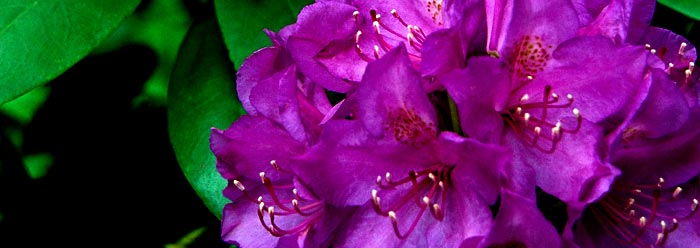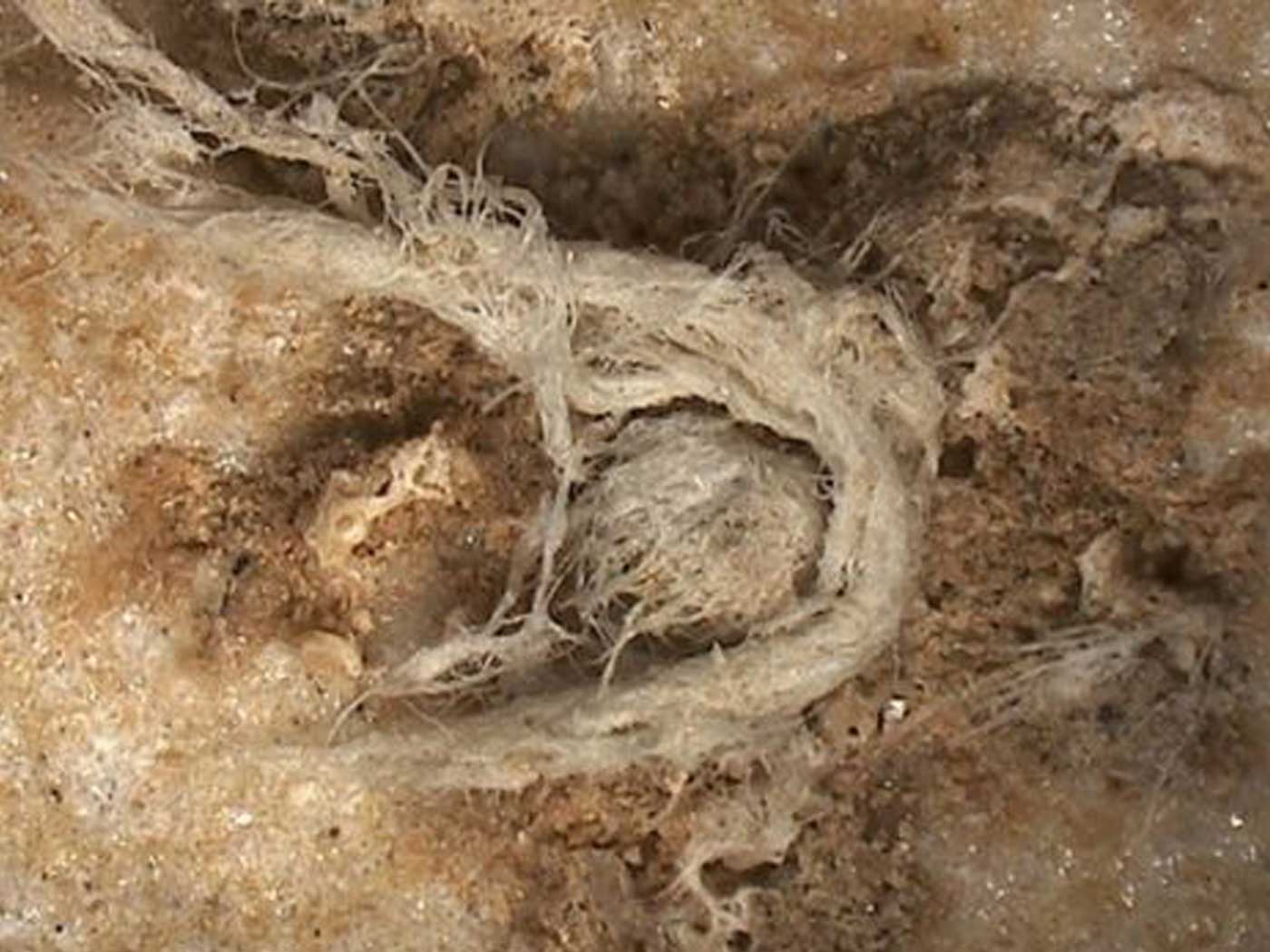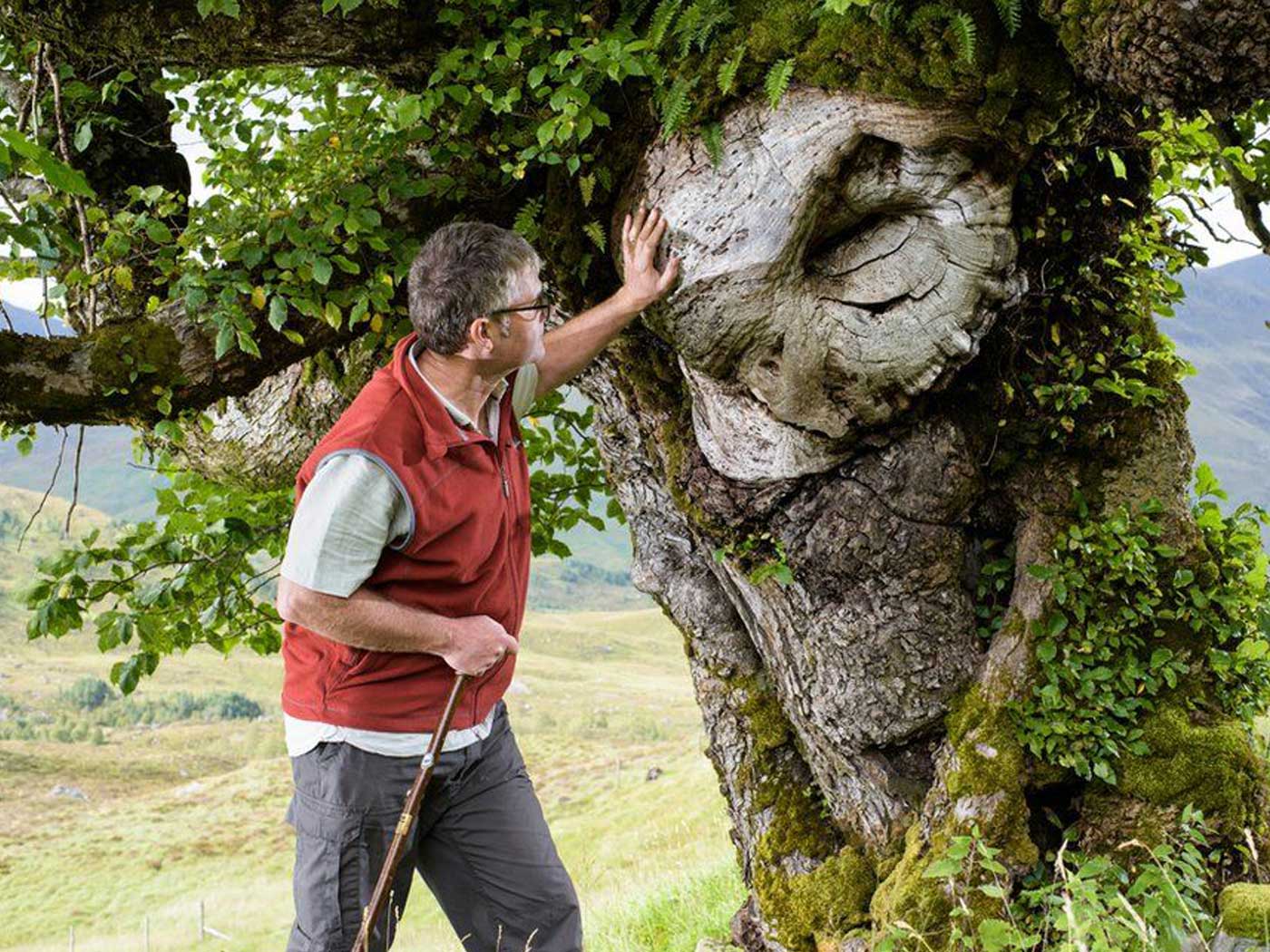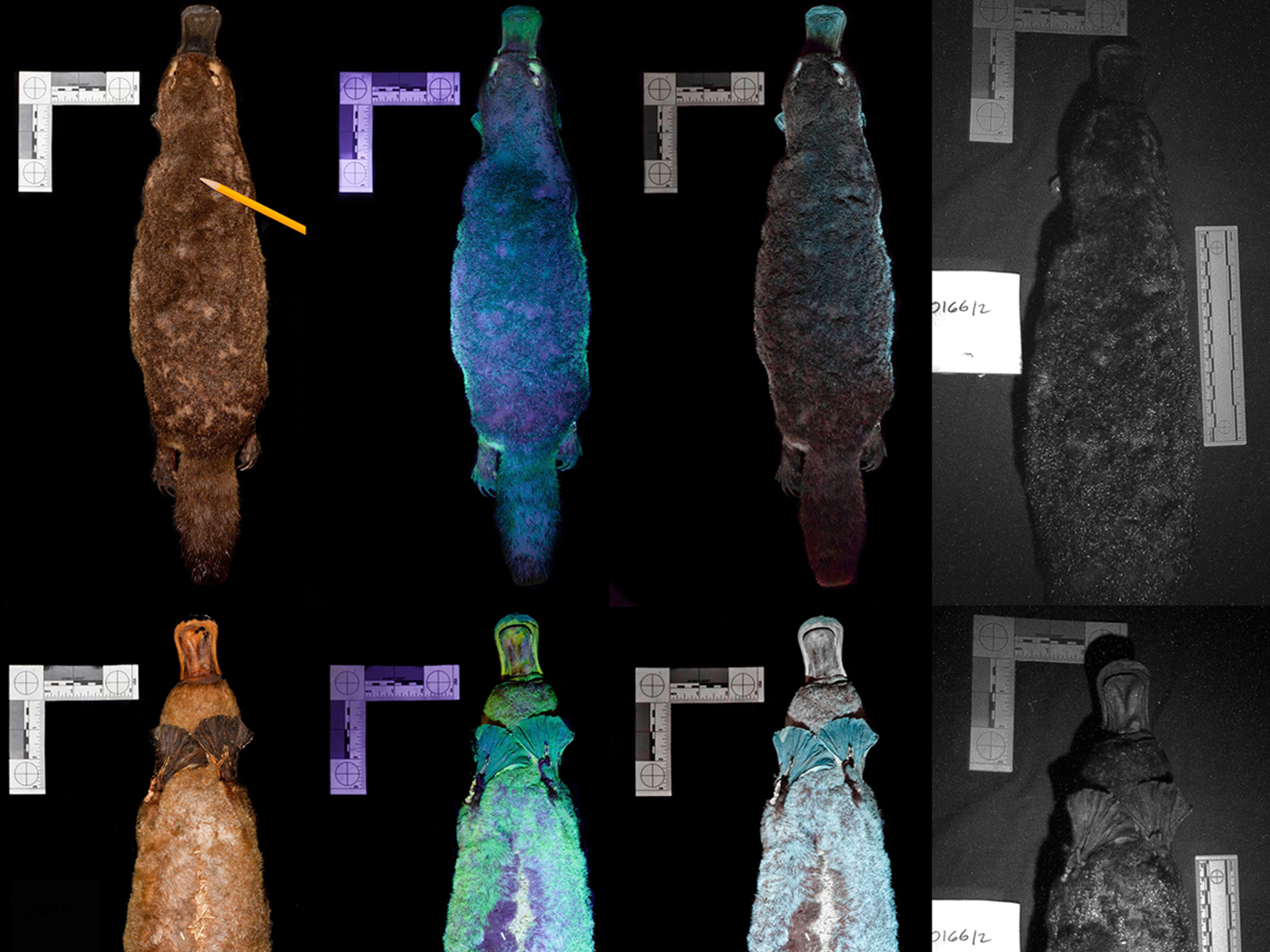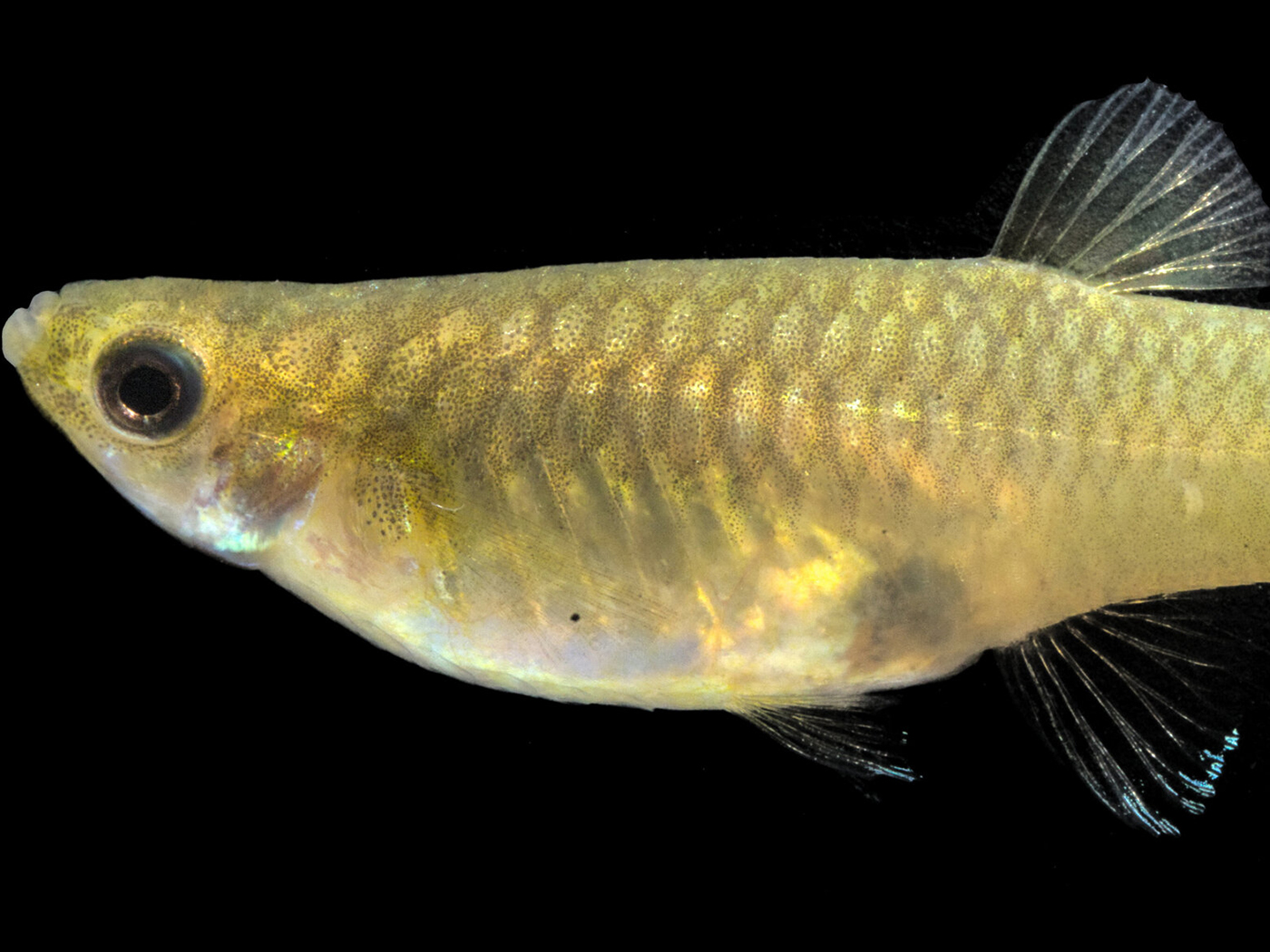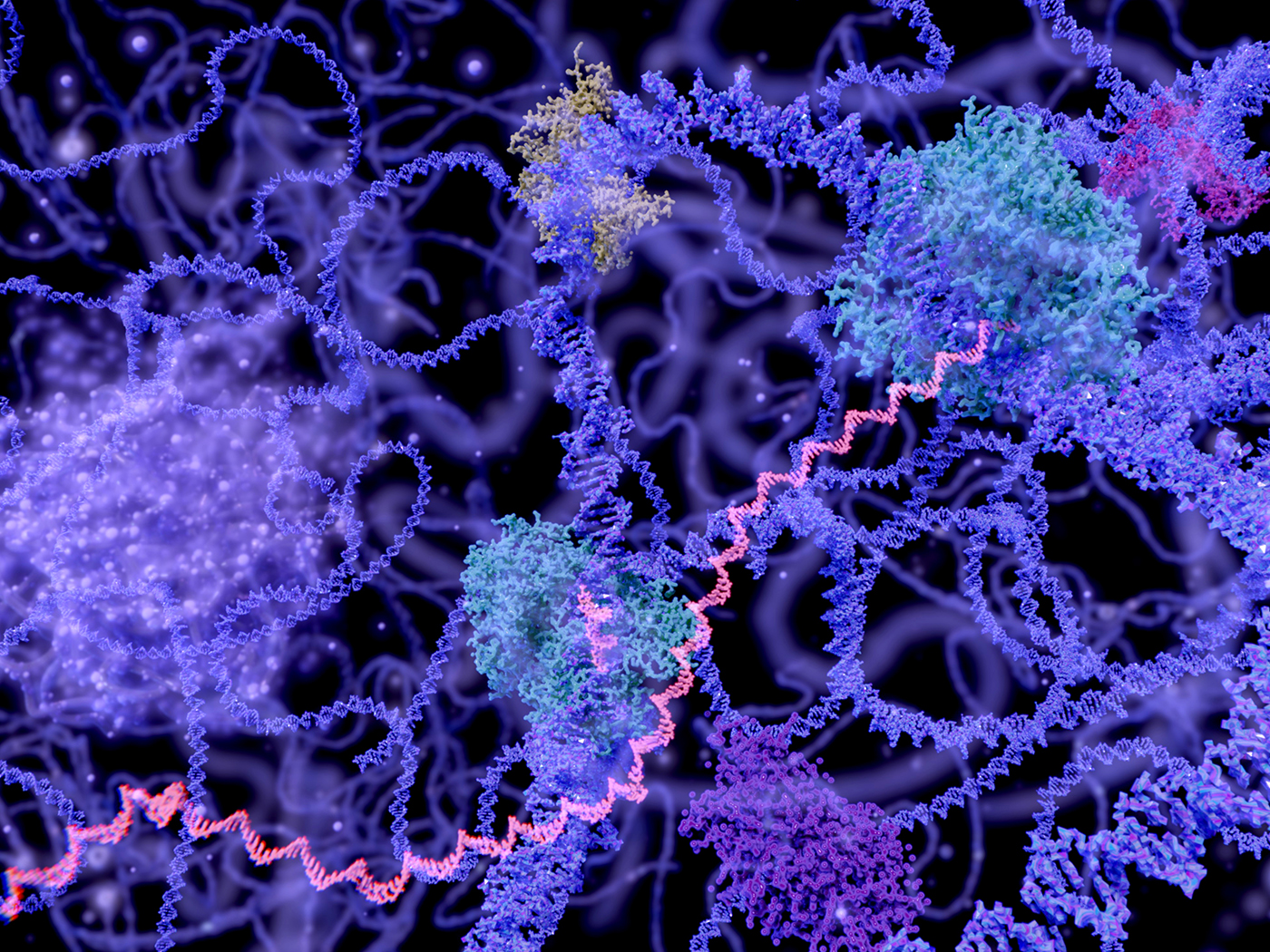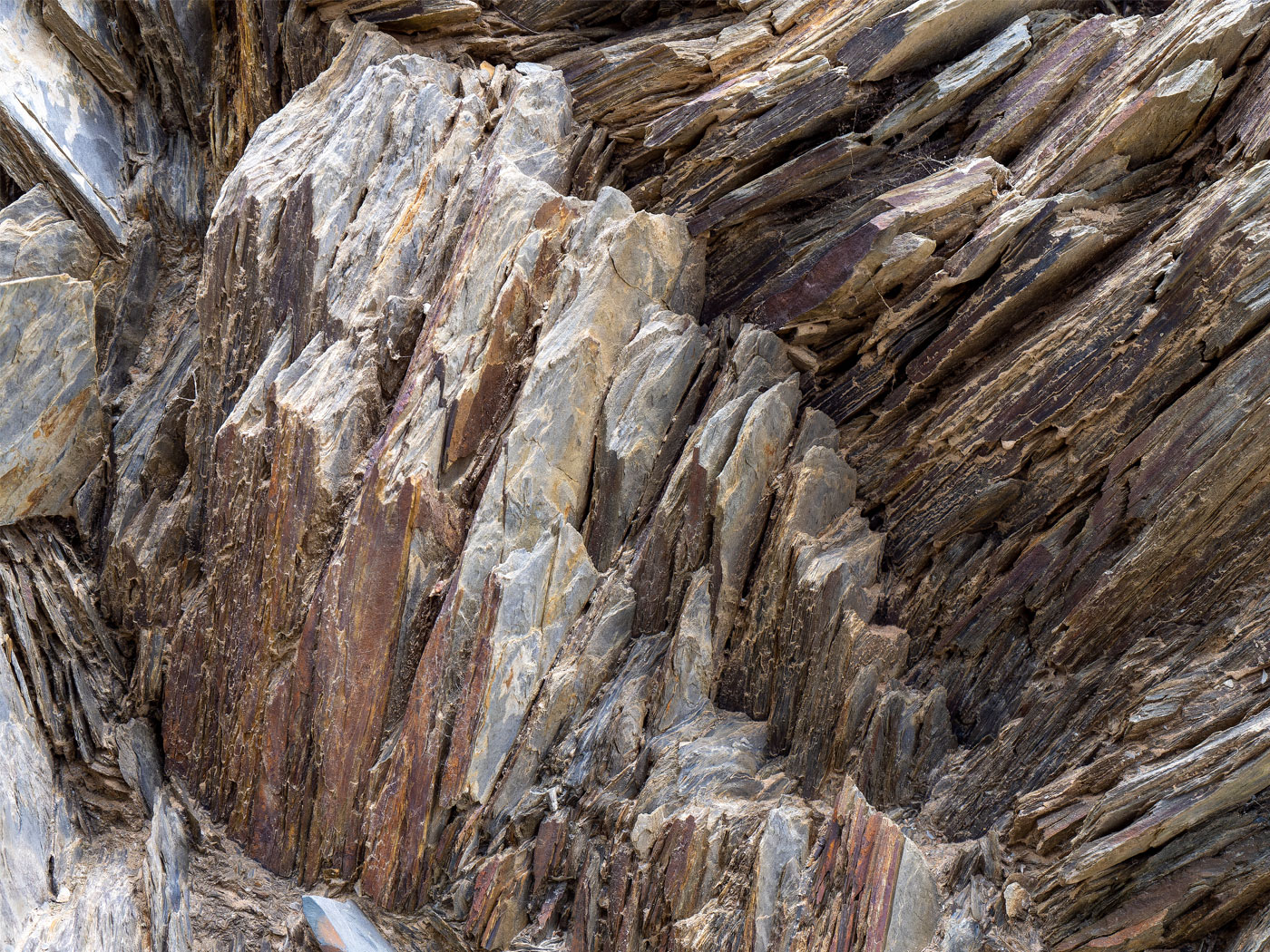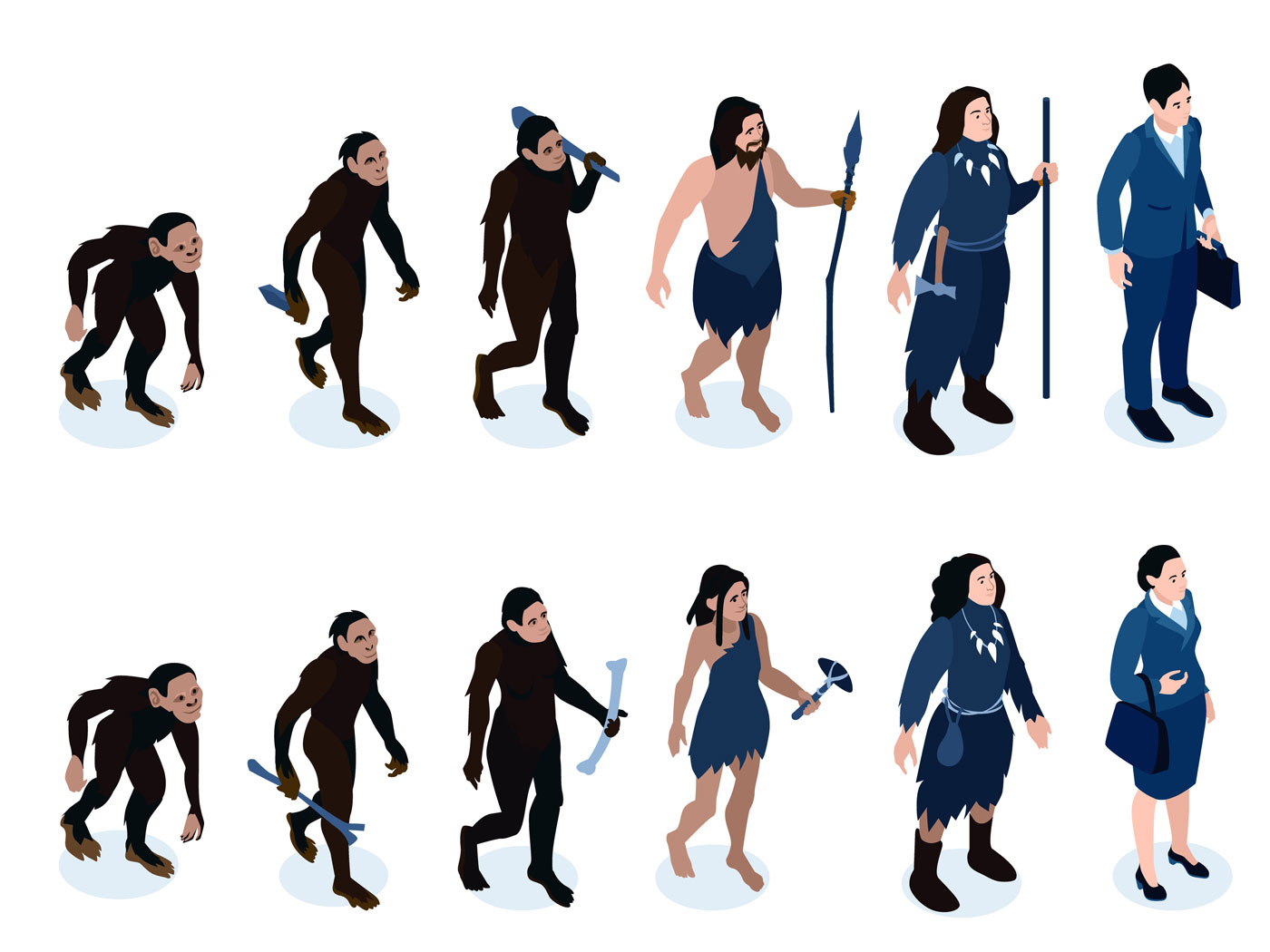Researchers are now seeking to broaden the spectrum of colors typically represented in manmade products, the BBC reports.1
Experts in the color industry have had a longstanding, behind-the-scenes impact on the colors of clothing, house décor, advertising, product packaging, and countless other aspects of our lives. They have painstakingly studied and formulated ways to bring certain colors into mass production. They’ve studiously looked at nature for inspiration. Many have even studied what is referred to as “color psychology,” or the way that various colors apparently “affect perceptions and behaviors” of the people who see them.2
In the U.S., with the development and implementation of the Pantone Matching System (PMS) in the late 1950s and early ‘60s,3 various industries began to standardize color like never before. In Europe, other color-matching systems gained traction.
However, today, some color experts argue that though these standardized systems are helpful in mass production and consistency, they also result in many shades or color combinations getting overlooked. They claim that such stringent standardization greatly “impoverishes the palette of colours we see around us in everyday life.”1
God’s ingenious design of the visual system gives us the incredible ability to see color. Put simply, we can see color because the cones in our eyes register various wavelengths of light,4 which are then converted to electrochemical impulses that our brains translate into colored images.5 It can vary greatly, but a healthy person can see up to one million colors. Those with a special type of cone in their eyes can see almost one hundred million different colors.6
If humans have the ability to see such mind-blowing variety, color experts are asking, then why not leave behind some of the overly-limited color standards and experiment with shades and combinations that aren’t currently used in manmade items? By doing this, they say, we can surround ourselves with an even broader variety of colors that we are capable of perceiving. Just as the world’s top chefs formulate creative and unique combinations of tastes, these researchers work tirelessly to do the same with color—surprising and delighting people’s visual palettes.
Though color plays a part in almost every aspect of our lives, most of us tend to think about it a surprisingly small amount, other than when picking out our clothes or a new rug for the living room. For believers, the ability to see color should be a constant, breathtaking reminder of the beauty and creativity of our God.
References
1. Lutyens, D. What you didn’t know about colour. BBC. Posted on bbc.com May 13, 2020, accessed May 15, 2020.
2. Ciotti, G. The Psychology of Color in Marketing and Branding. Help Scout. Posted on helpscout.com, accessed May 15, 2020.
3. Quito, A. How Pantone Became a Global Authority on Color. The Atlantic. Posted on theatlantic.com November 5, 2015, accessed May 15, 2020.
4. Mukamal, R. How Humans See In Color. American Academy of Ophthalmology. Posted on aao.org June 8, 2020, accessed May 15, 2020.
5. Staff writers. 2015. Guide to the Human Body. Dallas, TX: Institute for Creation Research, 54.
6. Zhang, M. Some People Can See 100 Times More Colors Than You. PetaPixel. Posted on petapixel.com March 30, 2016, accessed May 15, 2020.
*Lauren Pennington is Volunteer Coordinator at the ICR Discovery Center for Science & Earth History.

Experts: We Need More Color in Our Lives
The Latest
Was a Key to Photosynthesis Evolution Discovered?
Northern Canadian lakes were the source of recently discovered unique photosynthetic bacteria of the phylum Chloroflexota. After years of culturing,...
CREATION PODCAST
Four Moons That Indicate a Young Universe | The Creation Podcast:...
Earth has one moon, but Jupiter has many! What can we learn from our celestial neighbor's satellites? Do they indicate youth?
Host...
Creation Kids: Seeds and Sprouts
by Renée Dusseau and Susan Windsor*
You're never too young to be a creation scientist and explore our Creator's world. Kids, discover...
APOLOGETICS
Christ’s Creativity in Canyon Critters
Grand Canyon animals display many marvelous traits and behaviors as they live life in that harsh habitat. These canyon creatures succeed thanks to the...
Standing Against False Science
I’m Michael Stamp, and I’m in my 12th year as an editor at the Institute for Creation Research. It’s always an encouragement to see...
Oysters and Pre-Flood Longevity
The oyster species Crassostrea virginica, also known as the eastern oyster, is a prized seafood. Research has demonstrated that a fossil version of...
Galápagos Finches: A Case Study in Evolution or Adaptive Engineering?
A group of birds known as Darwin’s finches live in the Galápagos Islands, which are located in the Pacific Ocean 600 miles west of Ecuador....
Hot Springs National Park: Hydrothermal Springs Formed By The...
Hot Springs National Park is located about an hour southwest of Little Rock in the folded Ouachita Mountains of central Arkansas. It is the second smallest...
Why Biology Needs A Theory of Biological Design—Part 2
“Based on a true story” is included by movie producers to add authenticity, importance, and a flair of anticipation. So, my account of how...
Marine Fossil Tapeworm Is Still a Tapeworm
The Flood was both sudden and rapid. The burial of creatures—including delicate plants and soft-bodied animals like jellyfish1—occasionally...




